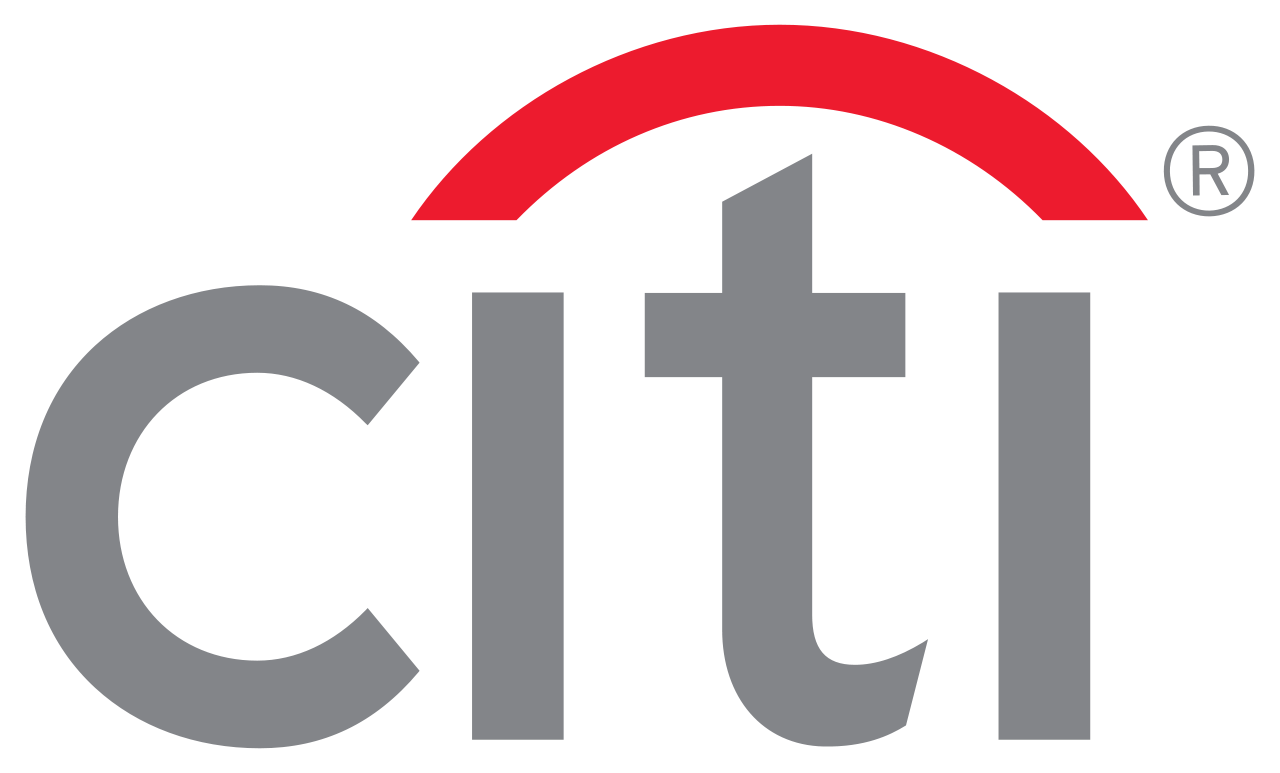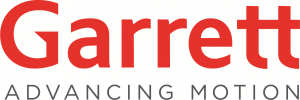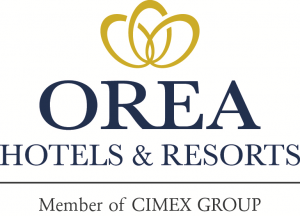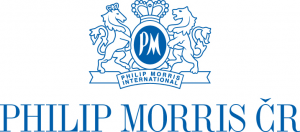Changes in insolvency law as of 1 July 2017
19.07.2017Company: Amcham
The truly far-reaching changes concern the debt relief procedure in personal (or consumer) insolvency: 75.60 percent of all (29505) in 2016 were motions for debt relief (the figure for the time period 2011-2016 is 63.67 %).
The amendment (Act No. 64/2017) to the Insolvency Act comes into force on 1 July 2017. In the future, motions for debt relief may only be filed by attorneys-at-law or accredited personnel. The driving motivation behind this change was presumably the large number of motions which had to be rejected on grounds of being defective. The amendment bill caps the claim for remuneration which attorneys or accredited persons may charge at CZK 4,000 (or, in the case of jointly filed motions by married couples, at CZK 6,000). This restriction is all but reminiscent of the kind of measures one would rather expect to find in a planned economy. The value of these claims for remuneration is further called into question by the fact that they represent claims towards the estate, so that it is far from clear whether they can at all be enforced.
As we have seen, motions for debt relief can be filed, aside from attorneys, by 'accredited persons'. The third part of the Insolvency Act (Sec. 418a- 418l IG) contains the rules for this new accreditation procedure in which the justice ministry decides who among non-attorneys may be entrusted with motions for debt relief; those who wish to attain accreditation must submit a great number of documents and records.
In the event that a motion for debt relief is found to be defective, or was not filed by an attorney or accredited person, the court will invite the petitioner to remedy the defect within seven days. Once this time period for remedies has lapsed, the motion for debt relief will be rejected.
For the rest, the previous two-track debt relief procedure remains in place, i.e., the option to either attain debt relief by turning the estate into cash or to attain debt relief upon fulfillment of a repayment schedule. The amendment leaves the threshold values essentially untouched: at least 30% of claims must be satisfied, and debts must be repaid under the repayment schedule within five years. New and detailed rules are being introduced, though, for cases in which the motion for debt relief is being dismissed, for a newly required in-depth report to be drawn up by the insolvency trustee in debt relief procedures, and for other procedural aspects. Finally, new rules governing the review of registered claims make it clear that the receivables brought in a debt relief procedure are still subject to a stringent review, and that neither unconscionably excessive claims nor invalid claims will remain unexamined in terms of their underlying legal title and amount. The amendment thus takes into account a ruling by the European Court of Justice (in C-377/14, Radlinger, judgment of 21 April 2016) according to which receivables must always be reviewed also in debt relief procedures. In the past, many banks and financial institutions registered claims as creditors even though the consumer loans which they offered were granted at excessive interest rates so that the claim for repayment should have been voided on grounds of violating moral principles.
All changes which the amendment introduces come into force as of mid-year, i.e., as of 1 July 2017. However, they will apply also to pending debt relief procedures which were initiated before that date (though the requirement that motions for debt relief be filed by an attorney or an accredited person will only kick in on 1 July 2017).
It remains to be seen whether the tool of accreditation will help improve the quality of motions for debt relief or whether it just introduces yet another bit of superfluous bureaucracy. The remaining changes contained in the amendment bill will undoubtedly improve the way in which debt relief procedures are conducted, and will ensure that debt relief remains a viable road for consumers to escape the debt trap. As we have mentioned, debt relief is the quintessential method for handling insolvency (as can be seen from the number of pertinent motions, which is continuously on the rise, from about 40% of all motions in 2011 to 75% today; the total number of motions filed in 2016 alone amounted to 22306).
Source: Act on Insolvency (Act. No. 182/2006 Coll.), which was changed by the Act. No. 64/2017 Coll.)a
Tags: Law | Finance | Business Development |







